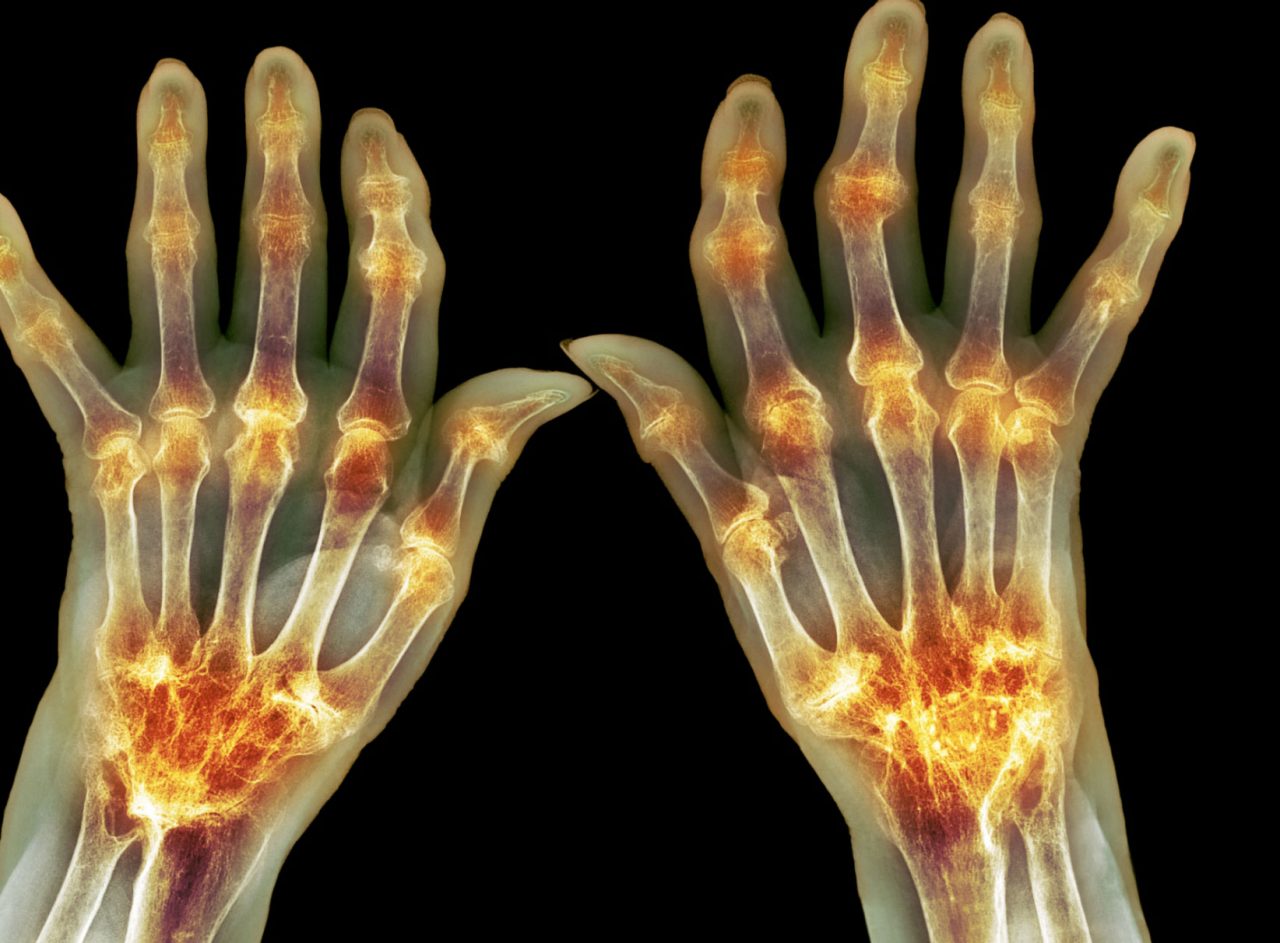How to Explain Rheumatoid Arthritis to Family and Friends

Some people don’t understand and sometimes don’t believe you are in pain when they think you look fine. Here's how to explain your rheumatoid arthritis to others.
When Mary was 13, she used to tell friends, teachers, and strangers she had arthritis. “No one understood what rheumatoid arthritis was,” she said. “It was easier just saying my joints hurt.”
Still, it was hard for teachers and classmates to understand why she was absent so much because, to them, she looked healthy. Today, she confronts this at work. “I think some people believe I just don’t want to be at the office,” she said.
YOU MIGHT ALSO LIKE: Rheumatoid Arthritis Symtoms
Rheumatoid arthritis (RA) is an autoimmune disease that causes chronic inflammation in your joints and sometimes your organs. It commonly affects your hands, wrists, elbows, feet, knees, and ankles. Approximately 1.5 million Americans suffer from RA, and nearly three times as many women have the illness as men. Some people compare the pain to being run over by a Mack truck and then having that truck back over them again.
The cause of RA is unknown. While most people who have it range in age from 30 to 60, children can get it, and so can seniors. There is no cure. Treatment aims to lessen your symptoms and poor function, with doctors starting medical therapy as soon as possible, before your joints have lasting damage. No single treatment works for all patients.
Mary and others with RA whom she knows often receive unsolicited advice from family members, co-workers, and well-meaning friends.
“They tell me to eliminate gluten from my diet, exercise, lift weights to build muscles, take herbs instead of the medication my doctor prescribed, see a chiropractor, and the strangest was to get bee stings,” she said. “My mother-in-law gave me a copper bracelet to wear, which didn’t work. The only thing that sort of helped was taking walks.”
What she’d prefer is having someone go to the grocery store with her, carry her heavy bags, help her run errands, and stop giving her unsolicited advice. “People often do this to make themselves feel better,” she said.
Mary’s husband is extremely helpful. But convincing her in-laws that she was ill took patience and a lot of education. “It would be easier if they saw my leg in a cast or something,” she said.
If the joints in her hands hurt, and her in-laws understood how painful RA is, they wouldn’t be miffed if she didn’t offer to wash the dishes after a big family meal. That’s why she and her husband sat down with his parents to explain how she feels when the pain flares up and how they can help. She also shared information about RA with her employer and co-workers.
Having her husband, a family member, or a friend join her when she visits her doctors helps them understand how to take care of someone with RA.
Mary’s husband has also informed his parents about Mary’s dietary restrictions. His parents no longer tempt her with foods that may cause her RA to flare up.
Her son also pitches in, making the beds and vacuuming the house when Mary isn’t feeling well. “Sometimes simple household chores are difficult when I’m in pain,” she said.
For her last birthday, her in-laws gave her a present of a cleaning service to come in once a month for a year.
When she’s feeling well, she makes big dinners and freezes the leftovers for times when cooking is hard. Her neighbors have also brought cooked meals to her house.
Mary’s fortunate that she’s well liked at work. On the days when she feels strong, she works extra hard and has a boss and co-workers who know a lot about RA — thanks to Mary.
The Arthritis Foundation has a website filled with information about the disease. “I printed out a description of the disease that explained what I’m feeling and how they can help,” she said. “The biggest thing I had to learn was to ask for help.”
Updated:
June 22, 2023
Reviewed By:
Janet O’Dell, RN